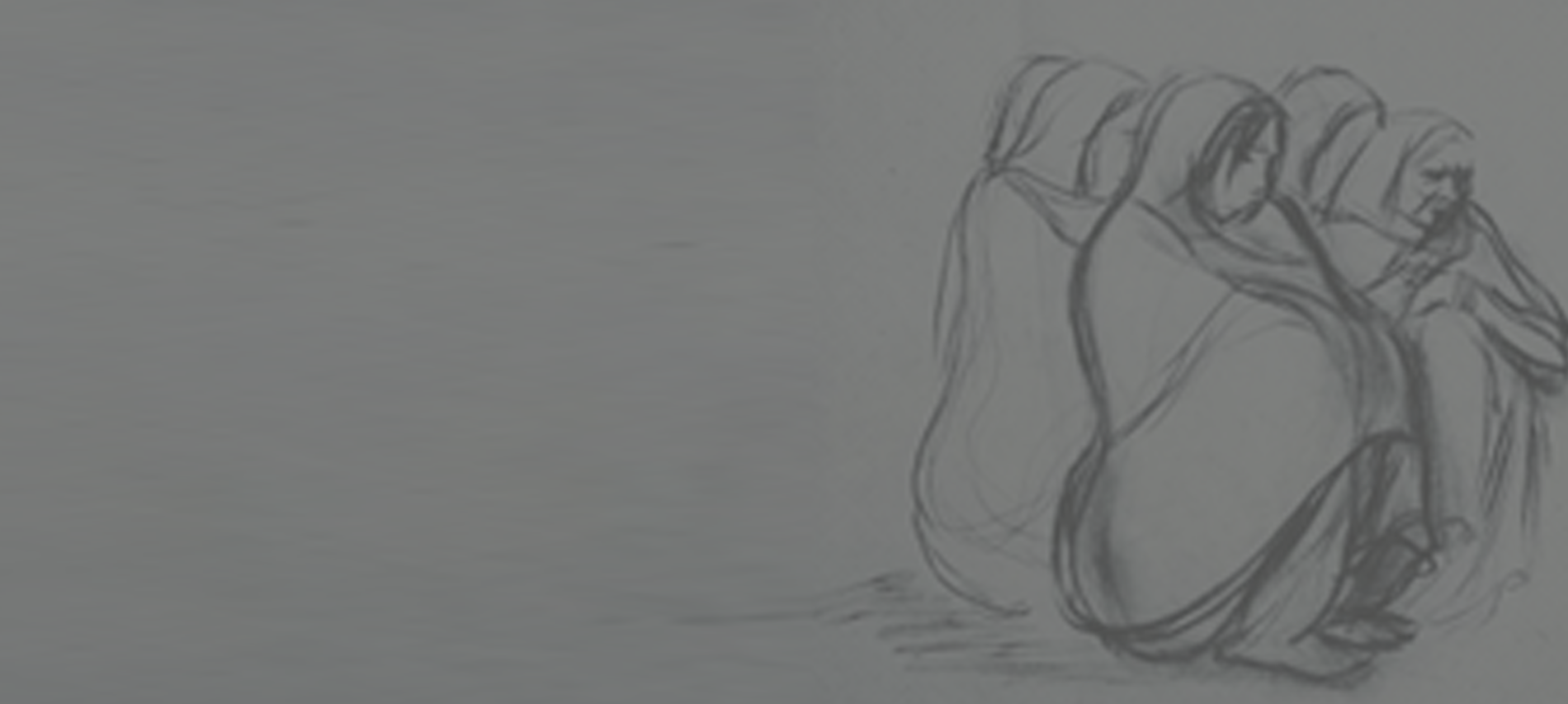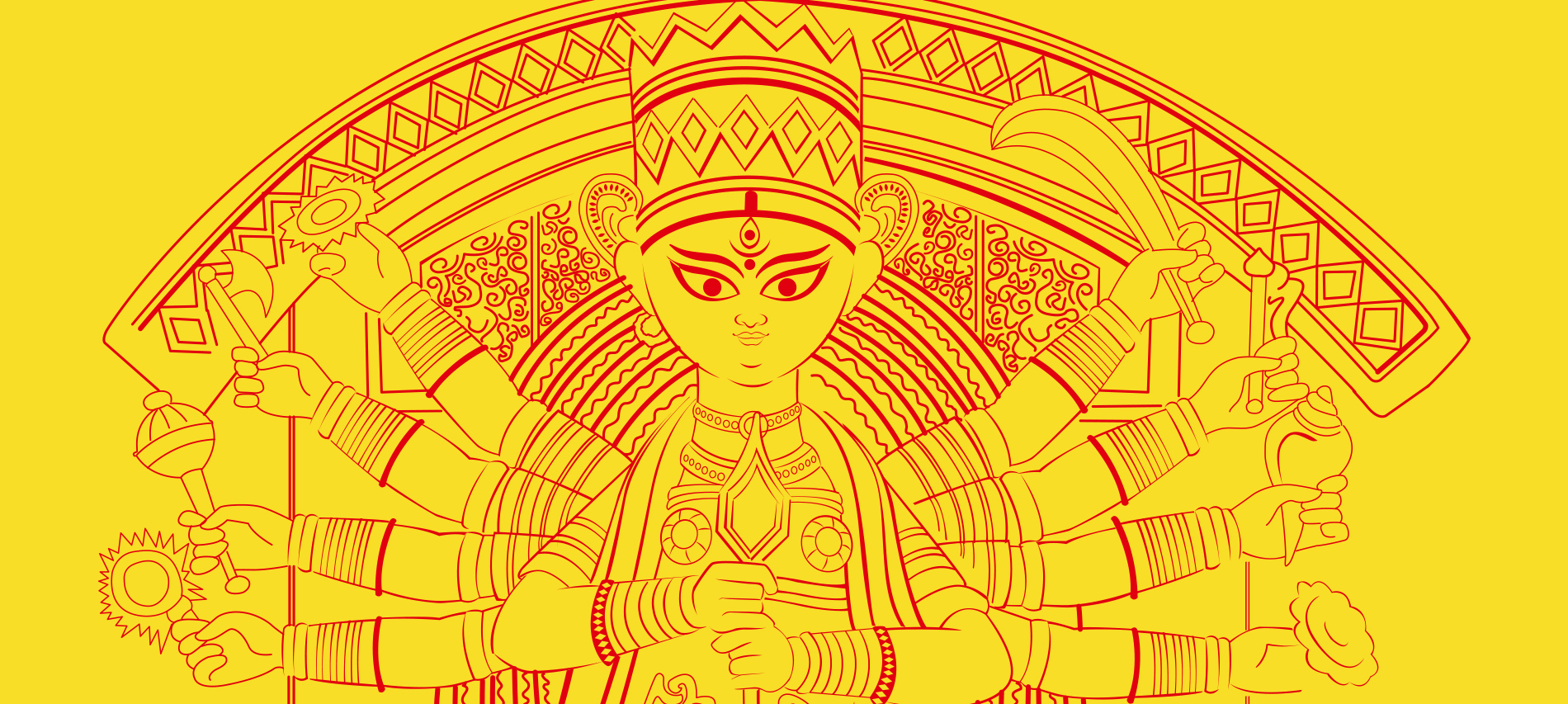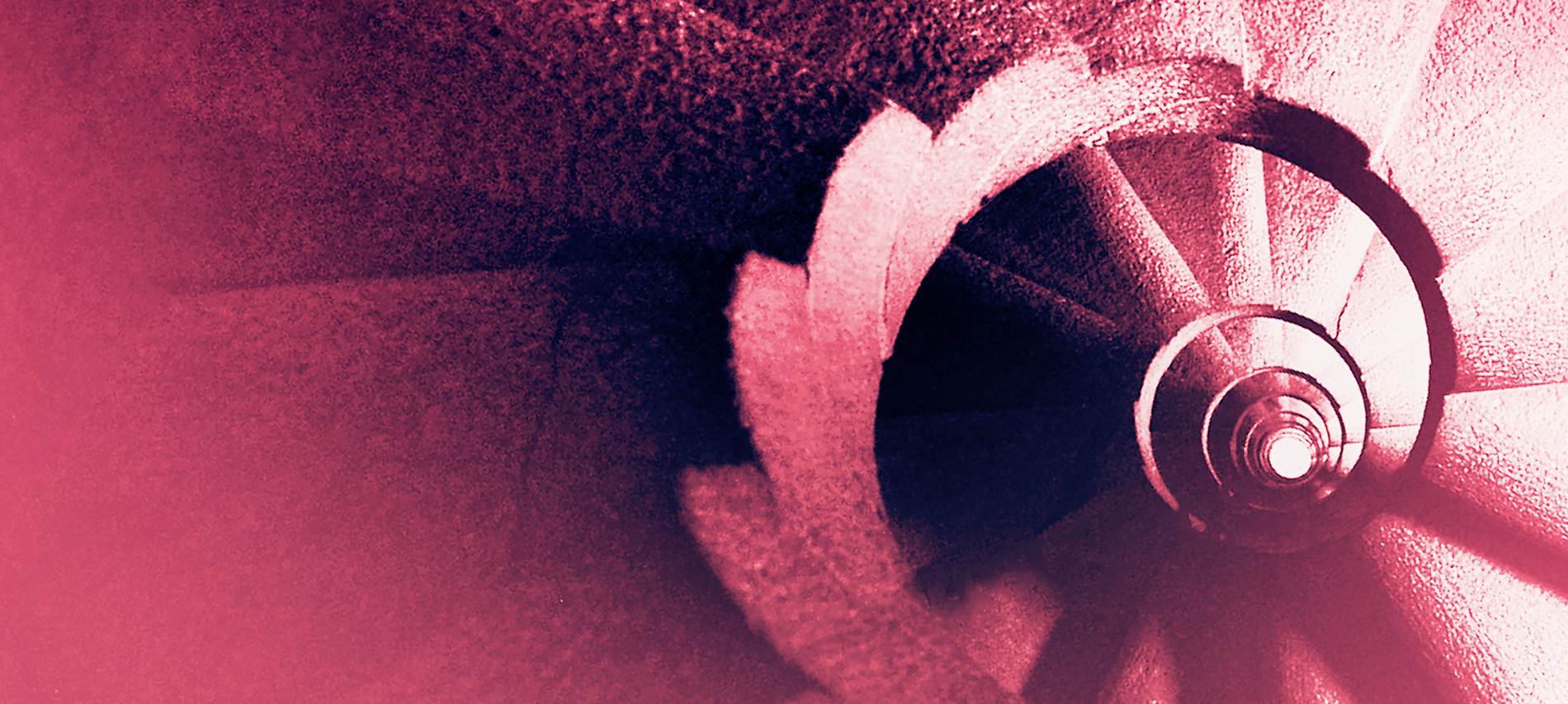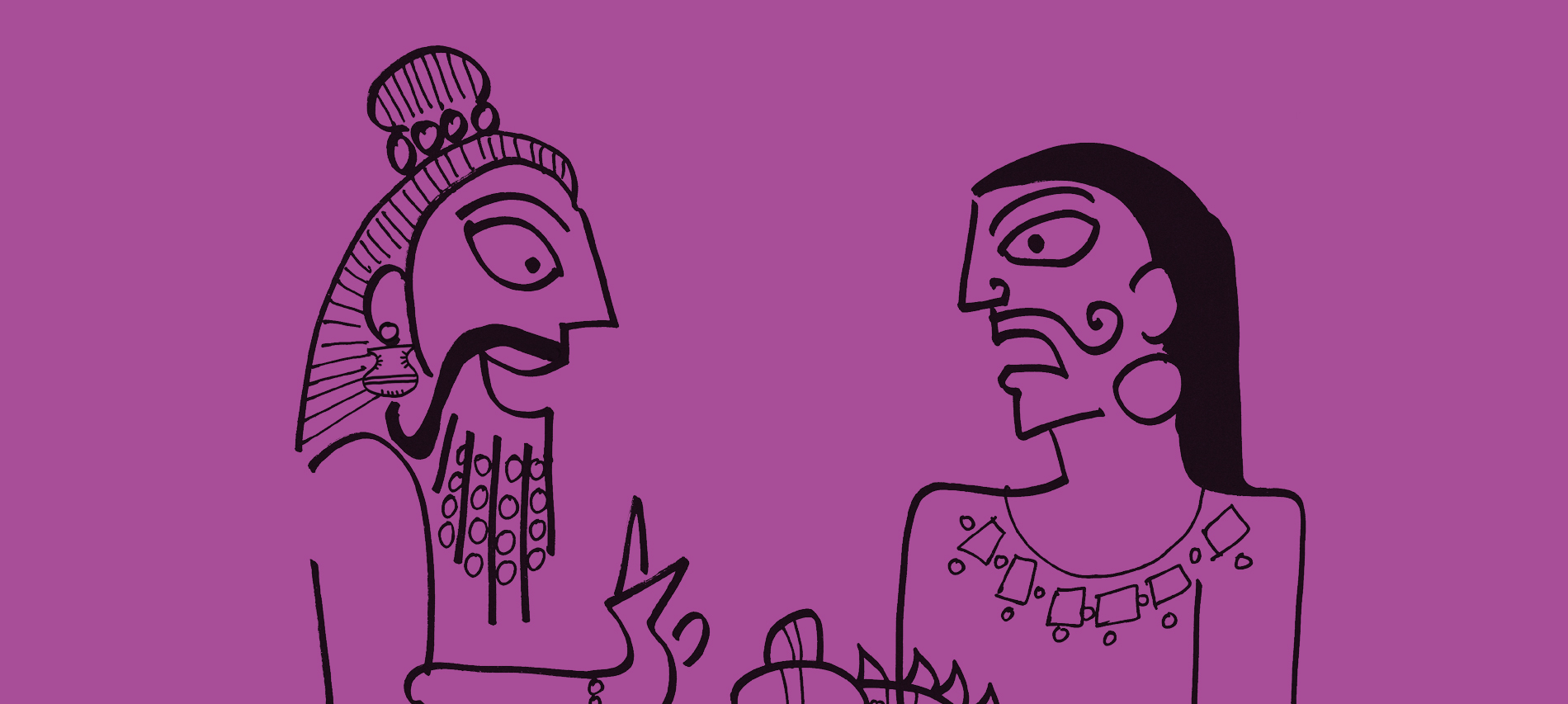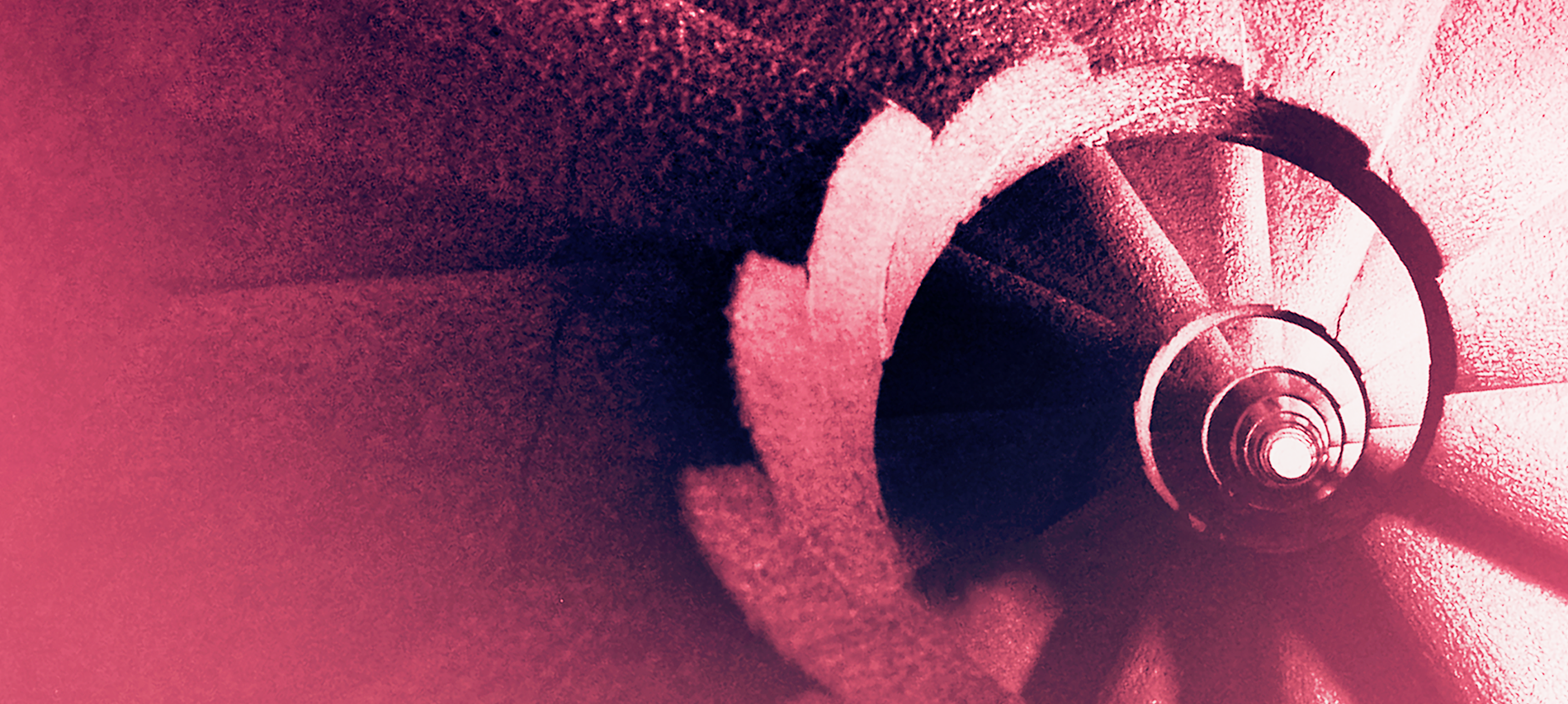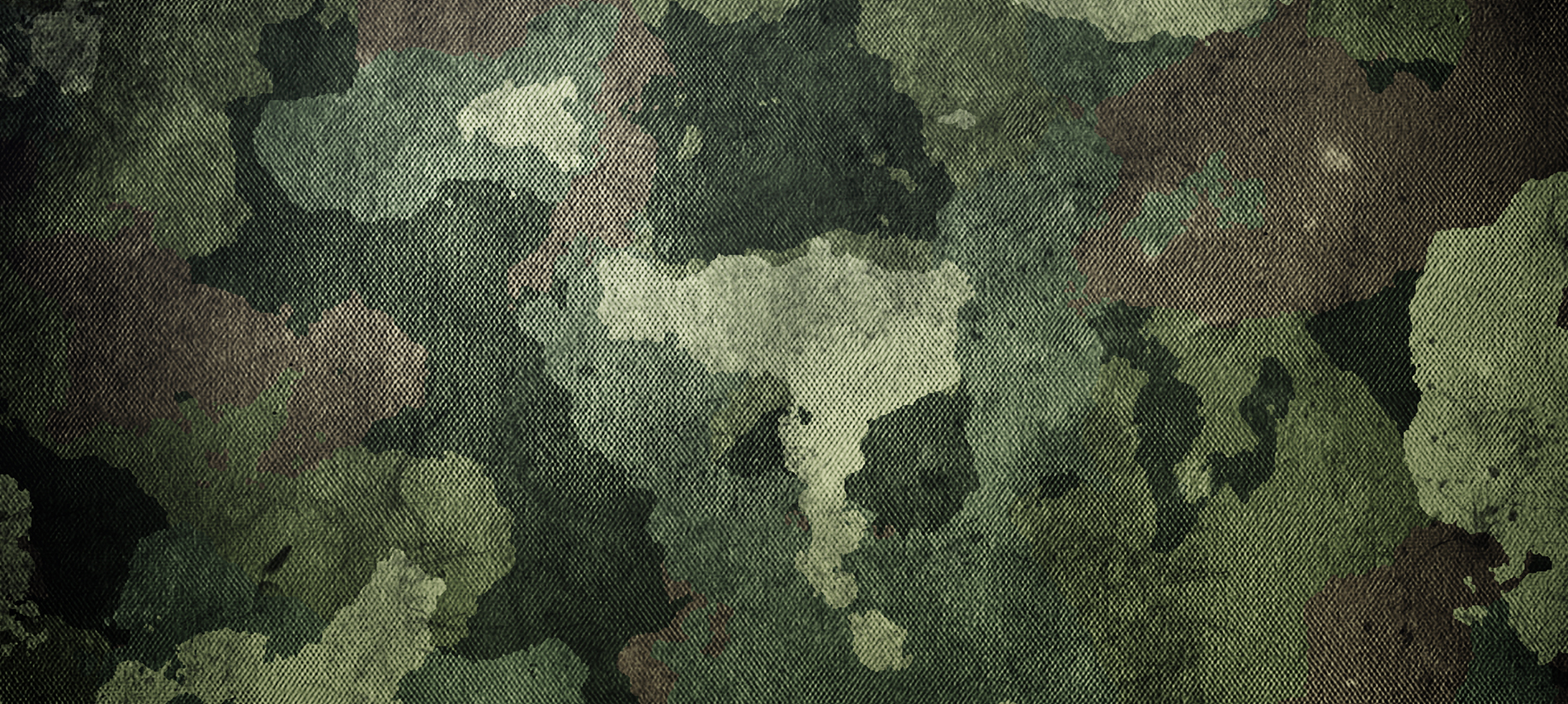By Urvashi Butalia
It is close on two decades now that I have been researching and writing on the human histories of Partition. As story upon story unfolds, and terrible, painful histories begin to emerge, it does not, contrary to popular wisdom, become any easier to deal with them.
One of the many grave consequences of Partition—and one which remains all the more prevalent today—has been the ease with which so many Indians and Pakistanis fall into a pattern of mutual demonisation, so that virtually everything, whether it relates to bombs, or to violence or to foreign relations or to territorial claims, can be laid at the door of the ‘other’. If it was not so serious, it would be laughable: imagine two mature, intelligent (if one can use those terms for nation states) countries in the twenty first century placing virtually every failure at the door of the ‘other’. Indeed so powerful is the jingoism, and so deep the suspicion, that attempts to move out of that are seldom successful.
The story below provides an illustration of this.
I once received a letter from Pakistan, sent by a young man called Tanveer Ahmed, who had made it his mission in life to bring his grandmother, originally from Kashmir, to Indian Kashmir to meet her siblings, and he wrote to ask if I could help in getting her a visa.
His letter started by recounting the facts of his story. They are as follows:
- I have been trying to re-unite my maternal grandmother with her siblings since 1989, having met them that year (They live about 90kms apart, divided by the LOC since October 1947)
- After objecting for many years, my maternal grandfather finally agreed to allow me to seek an Indian visa for my maternal grandmother after learning of the death of her younger brother. He even expressed interest himself in visiting her remaining family members.
- Being a British citizen (I have lived in the UK since the age of 4) it was obvious that I would seek my Indian visa from London (I have been to India twice before—1989 and 1993). After meeting the concerned Visa Officer and outlining my reason for travel, he stipulated that I should request a fax from my relations in India to verify our relationship. After confirming that to be the only stipulation, I duly received a fax from my Indian uncle in Rajauri and presented it to the visa officer. He, in turn, expressed that he found it impossible to believe that Hindus and Muslims could be related and insisted that I re-apply for my Indian visa from the IHC in Islamabad. He was at pains to insist that IHC (Islamabad) would merely request an NOC from IHC (London) and that I would promptly receive my visa within a matter of days. He even gave me his personal phone number in case of any problem with IHC (Islamabad). On his persistence, I felt I had no option but to trust him on his word despite my scepticism.
- When I applied in Islamabad, I was initially told to check after a few days, then a couple of months, then I was told that my case was in the Indian Home Ministry pending approval. After a few months, I was informed that the issue could take up to two or two and a half years.
- I also applied for the LOC crossing in November 2005 only to learn a few months ago that people applying after me have been and come back.
Tanveer wrote in desperation, anxious to find a way of getting his grandmother to Indian Kashmir to meet with her relatives. Concerned that both her age and her heart condition would make it increasingly difficult for her to travel, he gave up his job in London to come to Pakistan and devote all his energy to achieving the goal he had set himself. To him, getting his grandmother to Indian Kashmir was not only a personal mission—she was the one who had brought him up as a child—but also a way of contributing to the lessening of tension between India and Pakistan. He saw visits to and reunions with relatives across borders as one way of doing so. As he said:
My personal and professional experience of life equips me well to make a positive and constructive input into Indo-Pak Relations. It’s a real pity that neither country has been able to read that about me thus far. I completed a cycle ride from Torkhem (Pak-Afghan border NWFP) to Wagah (PAk-Indian border Punjab) in the sweltering heat recently to display my seriousness for peace between the two countries. I aim to continue this cycle ride from Attari to Kolkatta as soon as my grandmother has been re-united with her family.
Despite his best efforts Tanveer Ahmed’s labours continued in vain, with little hope of a visa being granted for his grandmother to travel to India. With some help from him, I was able to explore this story further and to meet with his grandfather in England, and as the story unfolded, other aspects became clear.
His grandfather was among the many Pathans, men who came to Kashmir in October of 1947 as part of what has come to be known as the raiders’ attack. A little over sixteen at the time, Tanveer’s grandfather said he knew very little about why they went to Kashmir, but that as a group of young boys, they found the whole enterprise to be something of an adventure. At some point they came across a group of young girls who were running away from the violence, in search of safety. The boys divided up the girls between them, and Tanveer’s grandfather married the girl who came to ‘his share’.
At the time, the assumption was that her family had all been killed. She converted to Islam and stayed on with her husband in Pakistan-administered Kashmir, believing all the while that everyone else in her family was dead. After some years, her husband moved to England, and she stayed behind, and it was a chance encounter with a relative of hers in England—a distant cousin—that led her husband to the discovery that some members of her immediate family had survived and were still living in India-administered Kashmir. And among them was her brother.
Keen to go back to what she still thought of as her home, Tanveer’s grandmother began to focus all her energy—as so many Partition survivors do—on meeting her family again. But her husband, fearful of this new element in their lives, was not at first willing to let her go. Eventually he agreed, but at that stage, it was bureaucracy and the political standoffs between the two countries that continued to work against this family.
As with so many Partition stories, this one too remains unfinished in its telling. Many years later I heard from Tanveer that a visa had finally been granted and his grandmother did finally manage to go to her family home across the border. What we do not know is what that visit meant to her – did it finally resolve something for her? Put a closure on a history that had so far remained unfinished, perhaps incomplete? And what did this search mean for Tanveer, born after Partition, with no direct memory of it, but with its constant presence in his life? These are questions to which we’re not likely to find satisfactory answers. These are questions that still do not easily enter the histories of our countries for the tension between history and memory prevents us from seeing how they can so fruitfully overlap and enrich each other.
This story is in no way adequate to even begin to understand the complex and multiple legacies of Partition that stretch their long arm into the present of India and Pakistan and that still influence the ways in which both nations and indeed their peoples relate to each other. There are not many countries in the world where, after seventy years, the divide is still so deep politically, that any contact is difficult, sometimes, as in Tanveer’s family’s case, virtually impossible, and looked upon with suspicion. No matter that travel restrictions have eased in the last several years but there is still the very real fear that the moment things go wrong in the India-Pakistan equation, the first thing to be affected will be the issuing of visas. Traumatic histories leave many scars that take several generations to heal, and India and Pakistan are no stranger to these, but the opening up of contact, the easing of travel barriers, the issuing of visas—these things signal a return to the ‘normal’ behaviour that is so necessary for nation-states to own, regardless of how terrible their pasts have been.
AUTHOR BIO:
Urvashi Butalia is a publisher and writer based in Delhi. She is co founder of Kali for Women, India’s first feminist publishing house and now runs Zubaan, an imprint of Kali. She has written and published widely on a range of issues. Among her published works are a co-edited volume, Women and the Hindu Right: A Collection of Essays, Speaking Peace: Women’s Voices from Kashmir and the award winning history of Partition: The Other Side of Silence: Voices from the Partition of India which has been translated into eleven languages. (Urdu, Hindi, Malayalam, Tamil, Assamese, Marathi and French, German, Bahasa, Japanese, Korean)







